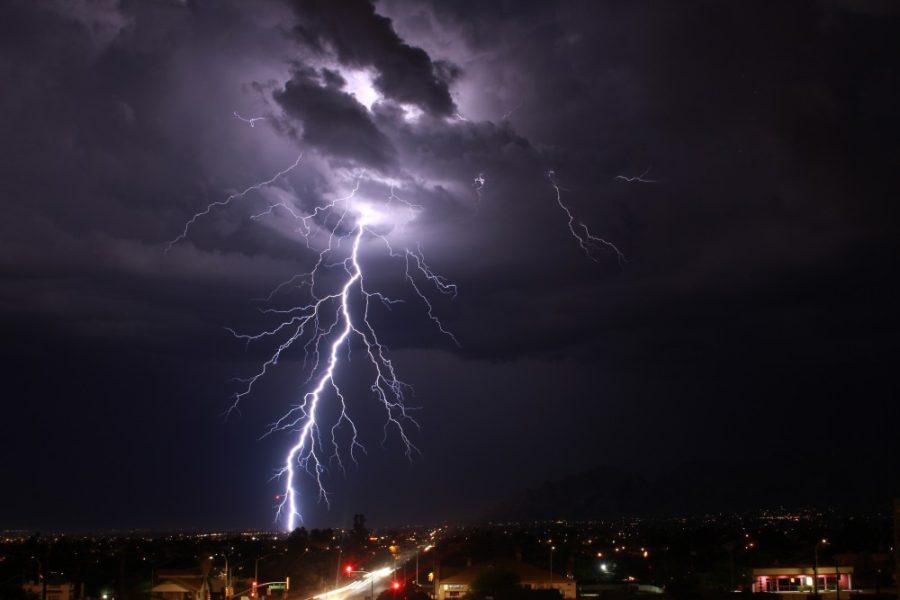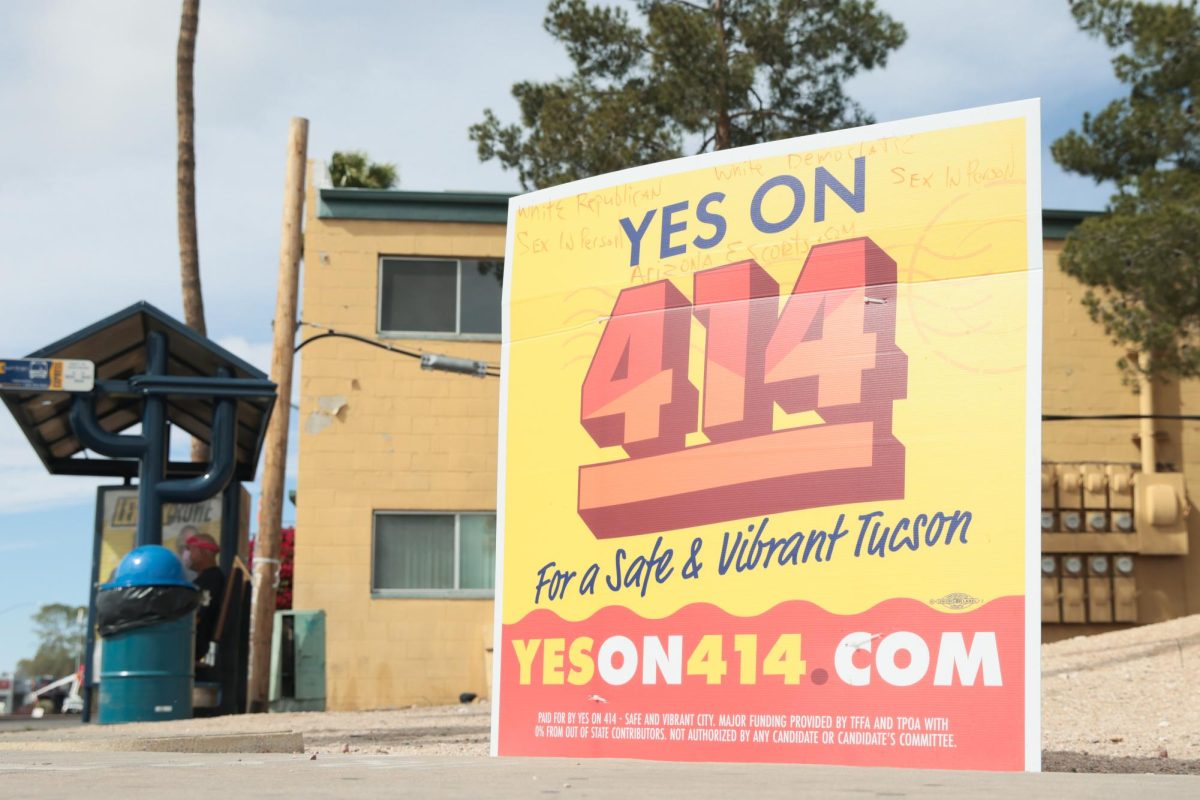Monsoon season here in the southwest may have arrived a little late, but it’s not as dry as Tucson locals may think. There are many variables that contribute to the storms this time of year.
According to the National Weather Service, official monsoon season begins on June 15 and ends on Sept. 30. But Michael Crimmins, climate science specialist and professor in the Department of Soil, Water and Environmental Science, said that precipitation and humidity don’t normally show up until about July 4 every year.
“In Arizona, the North American monsoon system always shows up,” Crimmins said. “It’s kind of like a finely-oiled machine and can be subject to getting off-kilter in very subtle ways. And this year, it just so happens to be one of those years where it showed up a little bit later and has been overall weaker.”
RELATED: Q and A: KGUN 9 meteorologist Cuyler Diggs talks monsoon safety
Cuyler Diggs, meteorologist for KGUN9, attributed the late start of monsoon season to the wetter and cooler-than-average winter season here in Arizona. May was much cooler and rainier than average this year, which pushed back the monsoon season.
“That means that the jet stream was further south over us, into May,” Crimmins said. “And typically, what should be happening in May is that the jet stream should be moving north, and then this high pressure system comes up out of Mexico and it gets hot. That pattern typically starts in May and moves into June, and then by July the high pressure system is over us and even north of us, and it starts to drag moisture in from the south.”
The National Weather Service’s record of rainfall from the past years show that since about 2013, summer monsoon seasons have been abnormal in the grand scheme of data. Rainfall has been ranging from the higher side between 6.0 inches and 8.7 inches.
“In Tucson, I think that we have been — because we have had such good summers, the past couple — you start to psychologically expect that to happen again. I fell for that,” Crimmins said. “Once you go back in the records and look at the past monsoon seasons, there’s quite a few of them that look like this one.”
Although the season has been relatively dry, the effects of it are not as drastic because of the wet and cool winter.
According to Crimmins, although fires in July in Arizona are not unprecedented, there is higher risk for them across the state when there is a lack of monsoons.
There are a lot of variables on both a global and local scale that contribute to the monsoon behavior.
“It’s really hard to peg monsoon[s] because, statistically, there’s so much variability from year to year that it’s harder to observe change.” said Zack Guido, a research scientist at the Institute of the Environment and School of Natural Resources and the Environment.
RELATED: History of rain: How monsoons have shaped desert culture
When looking at influences on a local scale, there is a rise of urban life within the city of Tucson.
“In Tucson, we have a micro-climate due to our urban sprawl,” Diggs said. “So what we’ve noticed over the last few years is our temperatures are climbing, but what we really notice is our overnight low temperatures do not go as low. That can be attributed to our urban sprawl because when you continue to build roads and buildings, you know, that’s asphalt, concrete. All these things that collect and reflect heat.”
“What happens in Siberia, what happens with typhoons, what happens with the Arctic sea ice, there’s all these interacting parts we don’t quite have stitched together,” Crimmins said. “We know they all fit together, but we are not exactly sure how they fit together.”
Follow Mikayla Kaber on Twitter








